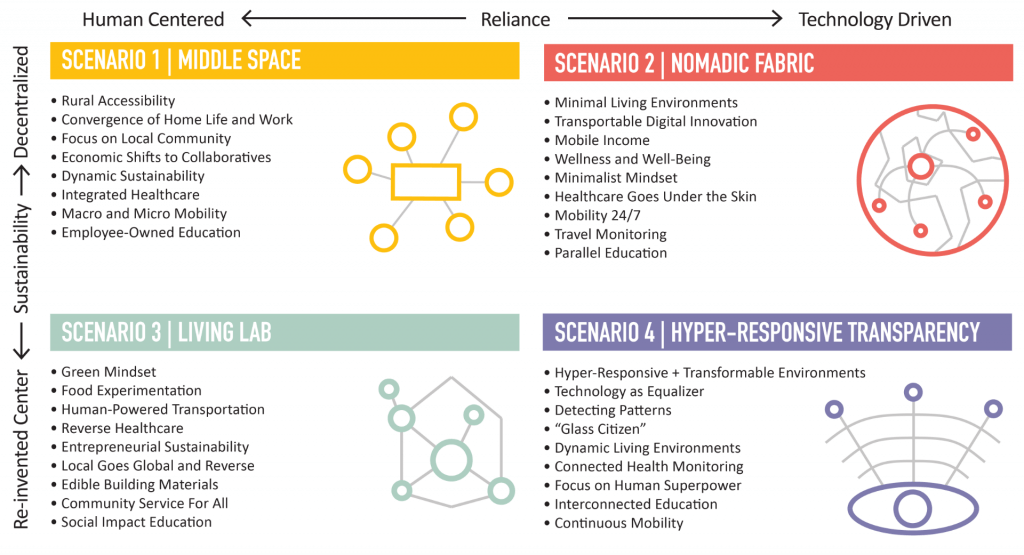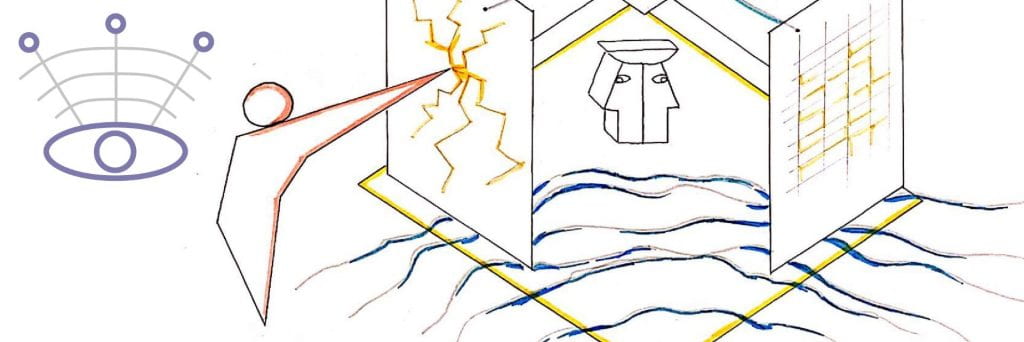
Sketch by: Elisa Elezi
Technology is present in all aspects of life, personal affairs, work and business as well as politics creating an inclusive environment. The entire globe has access to free internet regardless of income, religion or social affiliation, removing disadvantages of rural or remote areas. Companies and citizen organizations are one and the same distributing new developments evenly. Government is furnished by networks of people and require each business to spend 20% of their revenue towards local and global issues. Instead of leisure being at the forefront of everybody’s aspirations, purpose is the driver of all activities.
Digital innovation to track and collect data points is widespread from wearing personal devices to embedded artificial intelligence in public spaces such as pathways for bikes or pedestrians, in building materials to feed information back to the building’s nerve center, and in locations frequented by citizens to travel, shop, work, or simply engage with each other. The pervasive use of AI is creating hyper-responsive and transformable environments depending on demographics and quantity of citizens present at any given time. In addition, health data can easily be aggregated leading to early detection of citizens carrying contagious diseases, inhaling polluted air or ingesting contaminated water. This provides opportunities for rapid activation of coordinated municipal or city-wide responses.
While digital enhancements are creating a democratization of engagement, they also are increasing concerns about privacy and ethics resulting in discussions and constant negotiation as new technologies are being released.
This can be observed in several areas:
HYPER-RESPONSIVE + TRANSFORMABLE ENVIRONMENTS
Artificial Intelligence is transcending everyday life. Streets and bike lanes work with embedded sensors collecting traffic data, health stats of people utilizing streets, bike lanes, walkways and capture last visited locations to determine movement patterns and type of transportation. Green spaces feature integrated technology responding to quantity and demographic usage. Steps transform into ramps, if senior citizens or individuals in wheelchairs are being detected. Walkways turn into trampolines once kids are in close vicinity.
TECHNOLOGY AS EQUALIZER
Governments and companies are working together to provide citizens with the most up-to-date technology for free in regular update cycles. This provides every citizen with the necessary technology to interact and communicate with one another and removes technology from a status symbol to an essential tool to navigate life and work while democratizing the playing field.
DETECTING PATTERNS
Companies are collecting data usage of their products identifying how many strollers, bikes, cars of a certain brand are being used. The kind of sneakers being worn by what demographic and in which parts of the city leads to adjustments of brand positioning. Shopping patterns are being recorded and inform about which demographic or neighborhood is seeking specific services or products, which can lead to conclusions around civic unrest, natural disasters, health issues, or an impending economic crisis.
“GLASS CITIZEN”
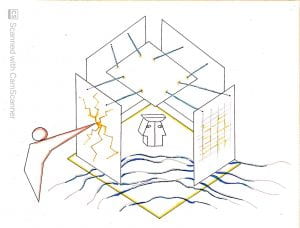 Since technology is so pervasive, governments and companies can control and track their citizens. This can pose not only a serious cyber threat on a systems level, but also creates a “glass citizen”. Personal data and information is easily accessible and various personal and public devices and technologies interact with each other 24/7. Ethical issues become more apparent and challenging to balance with the need to stay proactive in the event of major disasters or impeding crisis.
Since technology is so pervasive, governments and companies can control and track their citizens. This can pose not only a serious cyber threat on a systems level, but also creates a “glass citizen”. Personal data and information is easily accessible and various personal and public devices and technologies interact with each other 24/7. Ethical issues become more apparent and challenging to balance with the need to stay proactive in the event of major disasters or impeding crisis.
DYNAMIC LIVING ENVIRONMENT
Private homes are defined by spaces that dynamically change depending on how they are used over the course of day and night and the patterns of their users. Fold away furniture and sliding walls offer flexibility and a customizable set of spaces for life and work. Lighting and temperature regulation react to the users present and their preferences creating individual zones. Houses are self-cleaning and self-disinfecting through UV lights, robotic cleaners reacting to sensors and working as needed. Technology is used to create a clean and natural home environment. Use data including movement patters (which connect to health data) are used to constantly refine performance and comfort provided.
CONNECTED HEALTH MONITORING
Technology has completely deleted the necessity of touching any surfaces or products in the public realm, office buildings, stores, hospitals and nursing homes changing the way we interact with each other and with our environment. People are more antisocial due to less physical interaction and connections being facilitated often through virtual means only. Depression has become a major issue among citizens of all ages. Every household has a personal health robot connected to primary care and specialist offices. Unless a person has a serious illness, it is entirely obsolete to visit doctor’s offices.
GLOBAL OFFICE
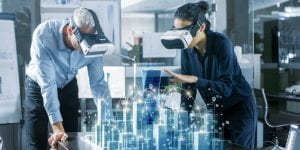
Photo source: mytechdecisions.com
https://bit.ly/39XlV4l
The virtual world meshes time and space shifting work significantly. People walk around their global virtual office either from home or their physical local office space stopping by the desk of a colleague in Australia, Europe or Afrika and seamlessly interacting with one another. Virtual reality paired with new AI technologies is the forefront of human sociability, virtual interactions for all purposes are the new normal.
FOCUS ON HUMAN SUPERPOWER
For the last few decades, careers have been focused on the idea of ‘doing’, if you’re not doing something constructive, regardless of the field, then you are failing at life. Automation will cause to shift from the ‘doing’ mentality to one that focuses on thinking instead. Cerebral pursuits will become the norm and will change the way we work and the way we build our careers. As automation and optimization become more prevalent, competencies and skills unique to being human will become more valuable.
INTERCONNECTED EDUCATION
With the ability to access education everywhere and anytime, students can now engage across the world. There is no point to enroll in one single university. Universities have formed massive coalitions, where a university’s survival is contingent on how many students they recruit into the system, how many of their faculty connect with others, how meaningfully they integrate diverse world-wide knowledge, and how many impact points they score. Universities are closely tied to business and industry, embedding practitioners and sharing projects. Not one professor teaches a class, but a fleet of experts across the world are participating virtually to discuss specific subjects.
CONTINUOUS MOBILITY
Autonomous cars and trolley-type vehicles roam constantly up and down each street within a city, which eliminates taxis or the need for any type of public transportation schedule. Magic carpets exist around dense city blocks and in city centers. Smaller electric vehicles are in docking stations all over the city and can be checked out anytime.

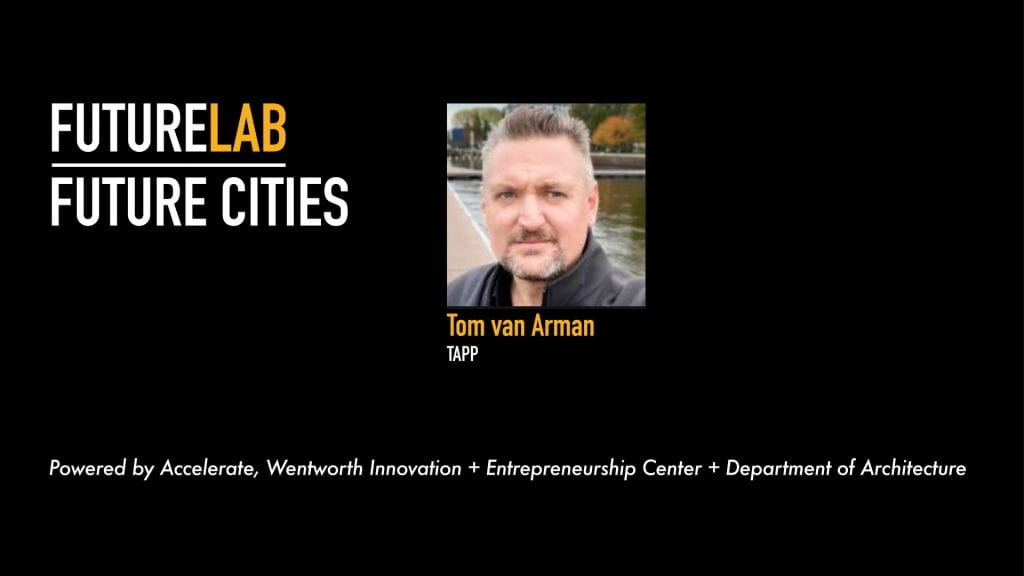

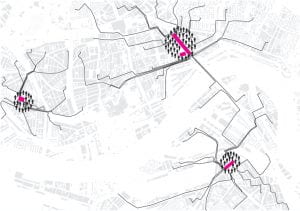
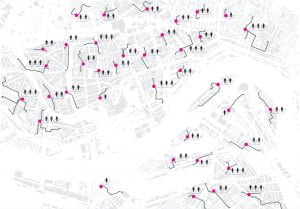
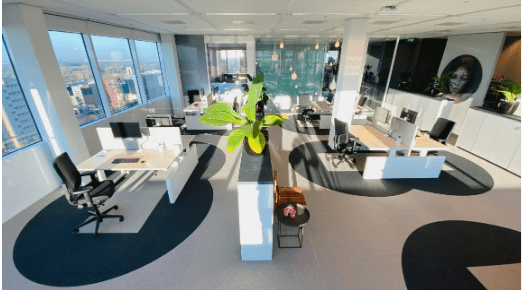
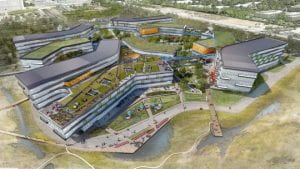
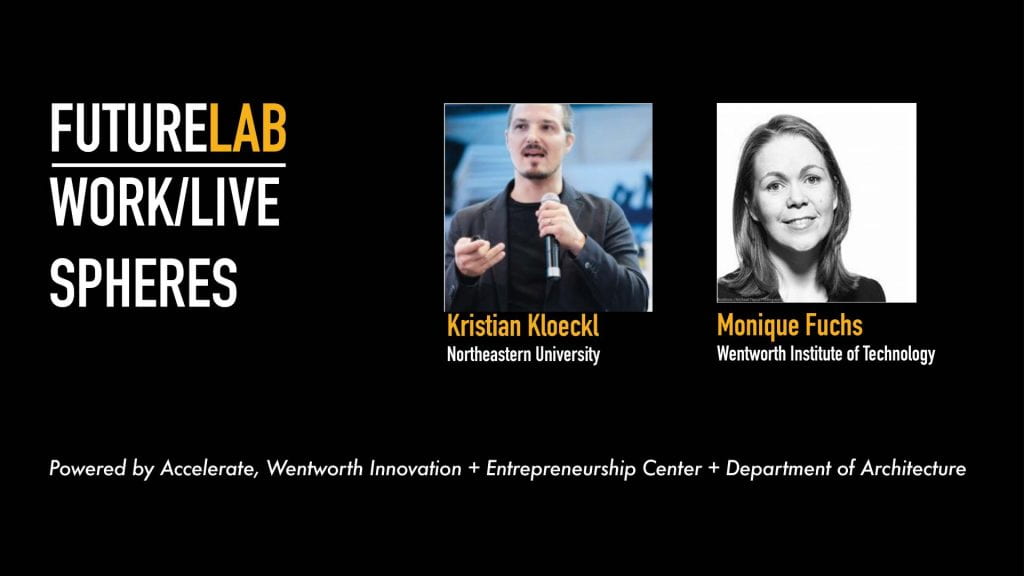
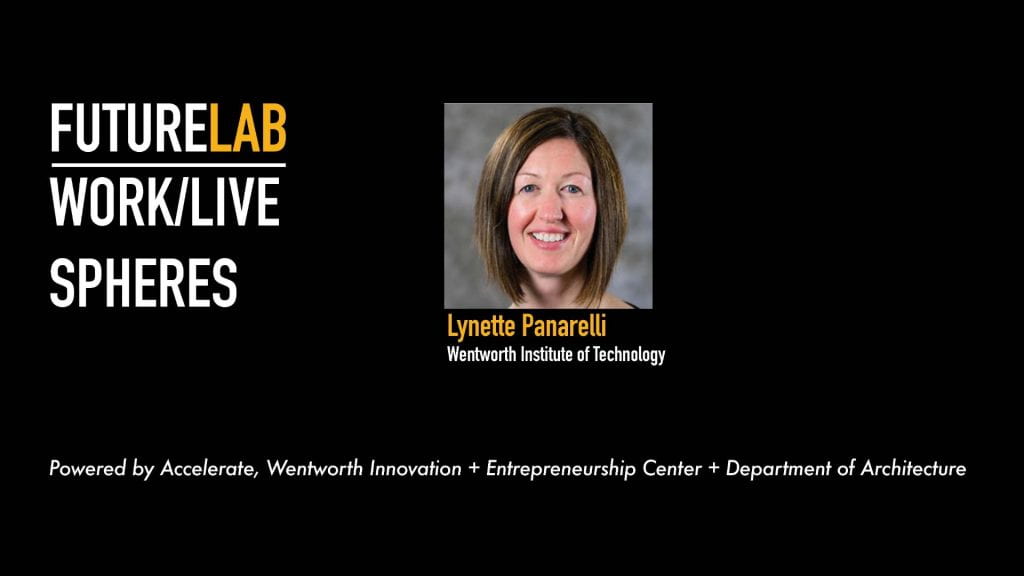
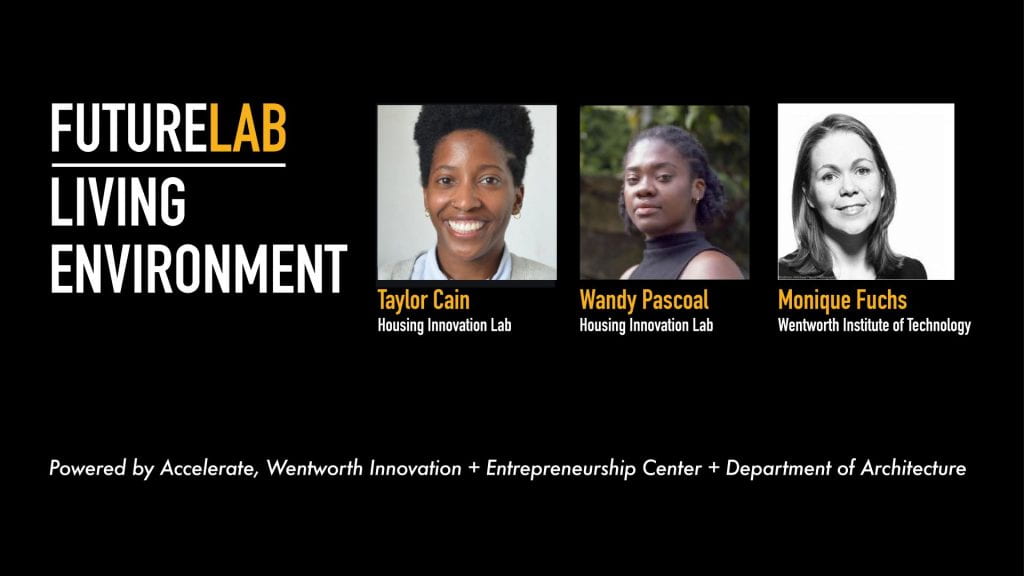
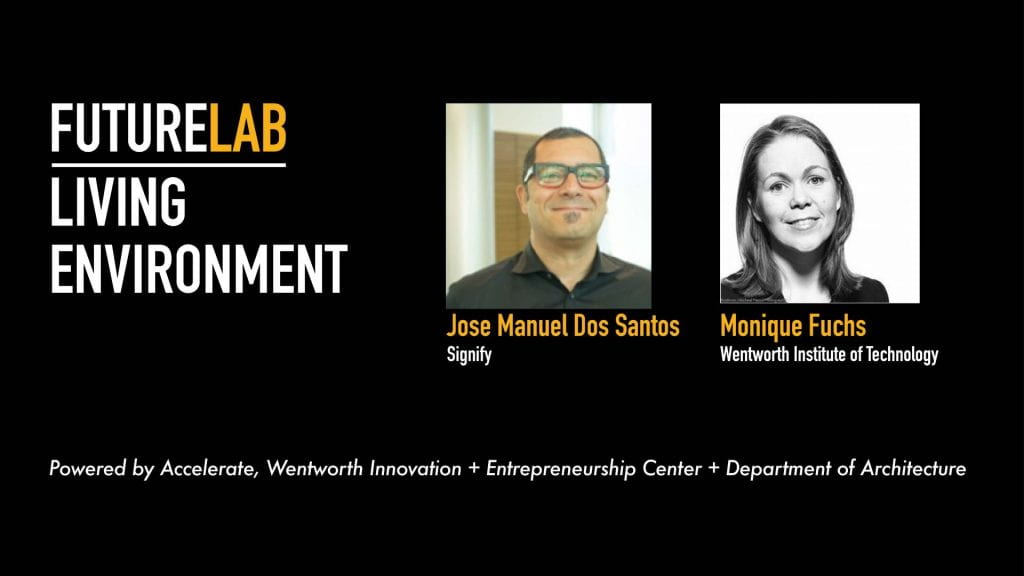
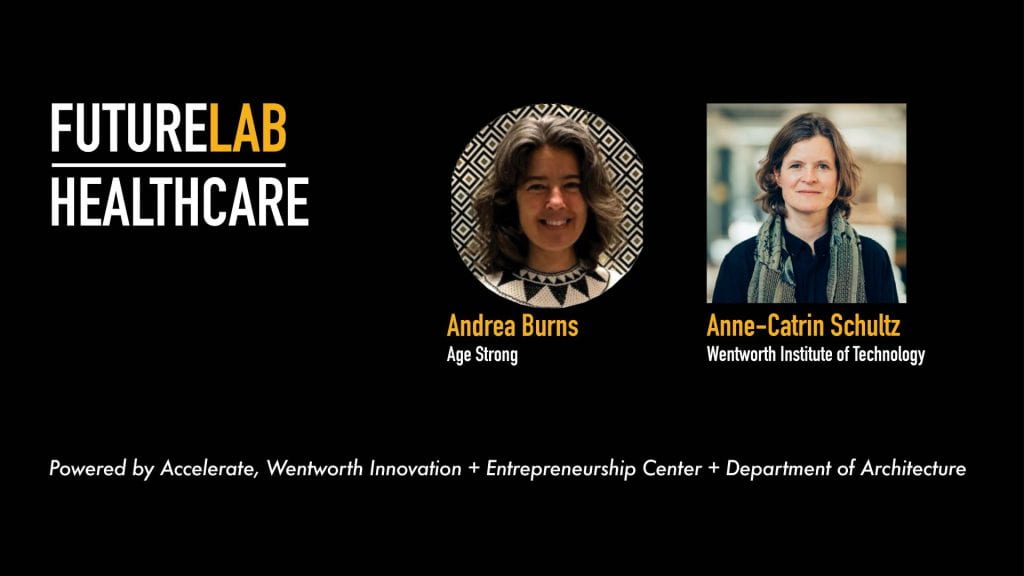
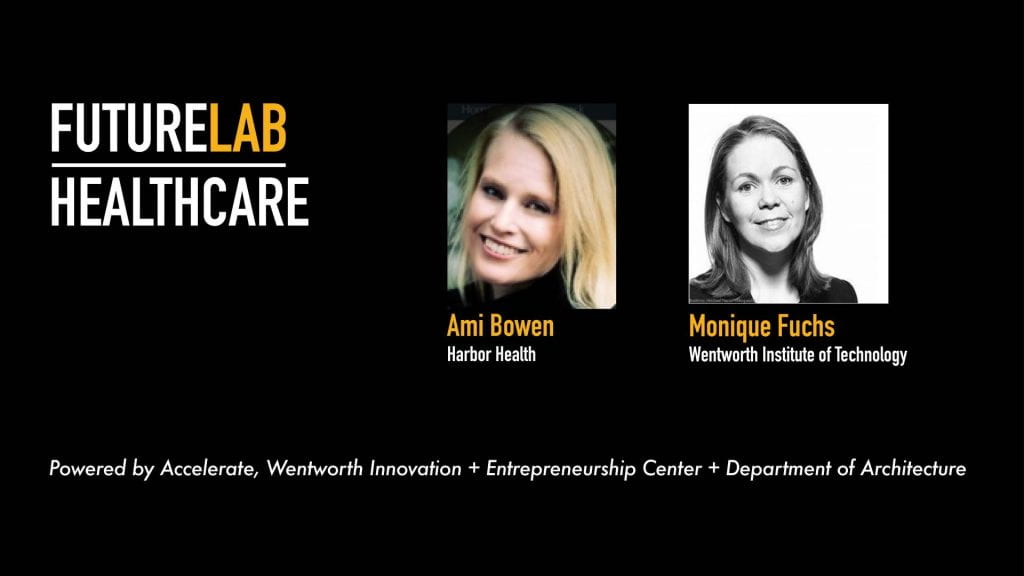
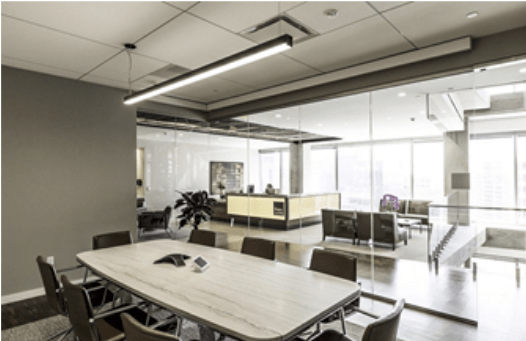 Newer office buildings can utilize data produced and processed by their lighting control system to capture and analyze data to better understand how their spaces are being used to be able to make informed decisions for a safer reentering strategy. This project takes a deeper look at how automated lighting works in buildings, particularly offices to use the data gained from the light sensors that can impact how people use spaces together post COVID.
Newer office buildings can utilize data produced and processed by their lighting control system to capture and analyze data to better understand how their spaces are being used to be able to make informed decisions for a safer reentering strategy. This project takes a deeper look at how automated lighting works in buildings, particularly offices to use the data gained from the light sensors that can impact how people use spaces together post COVID. 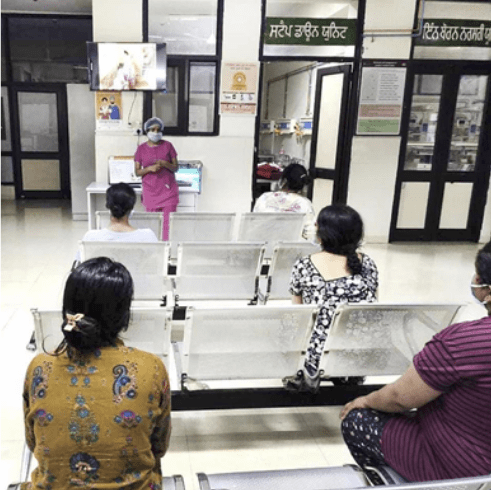
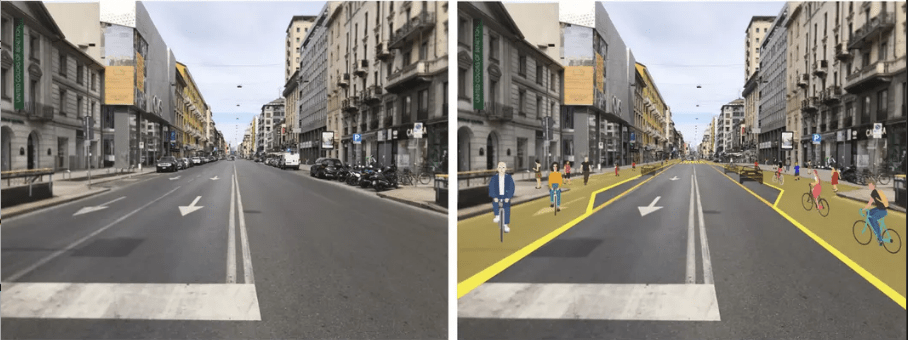
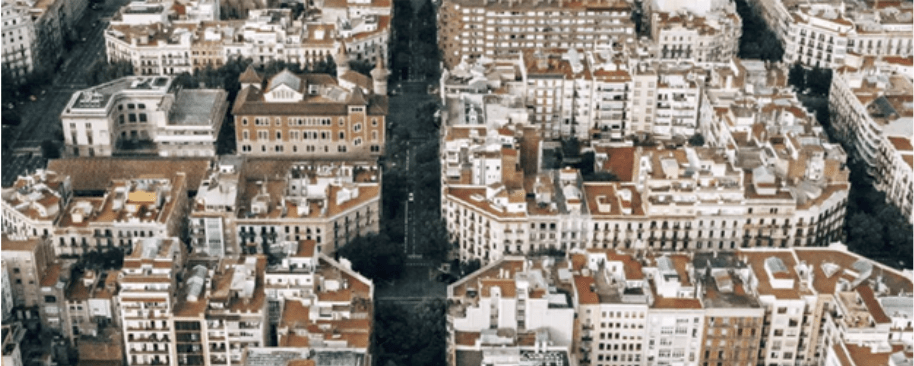
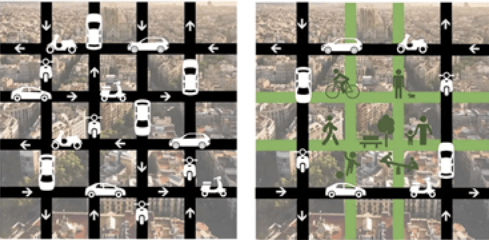
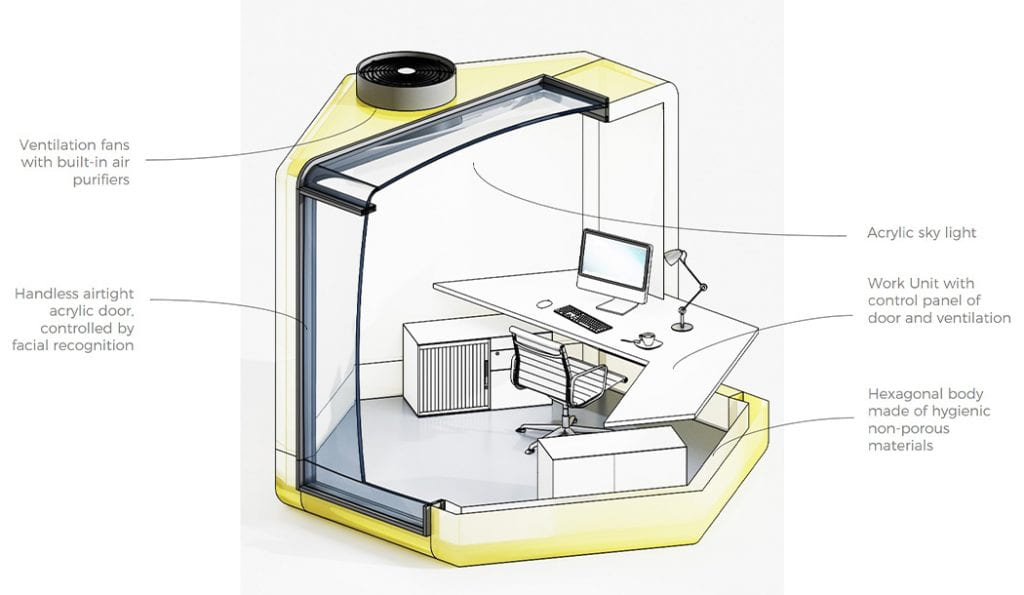
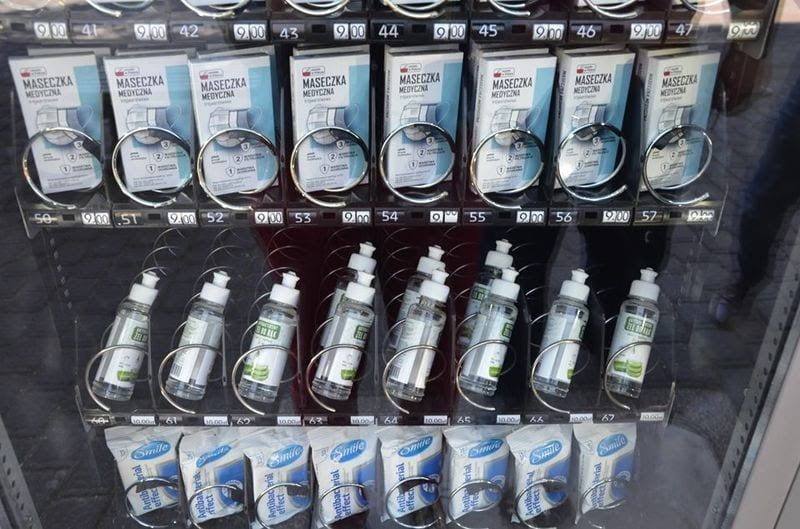
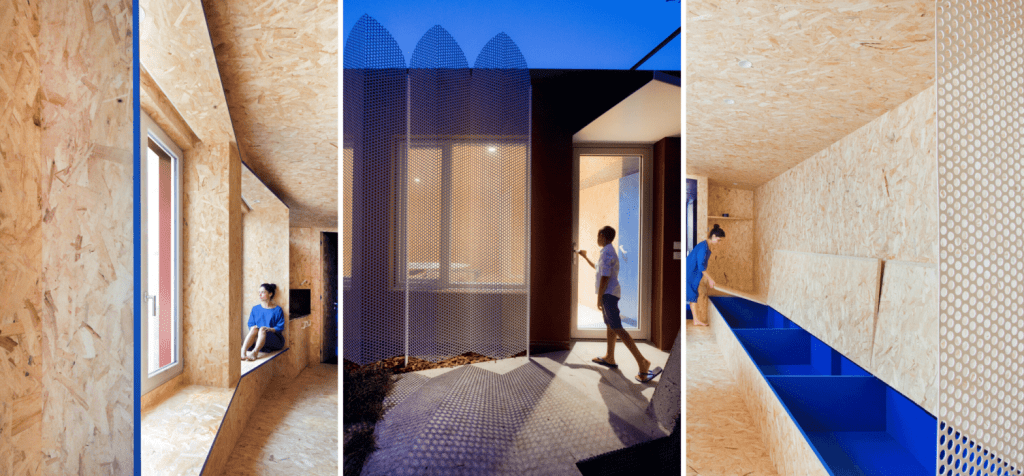
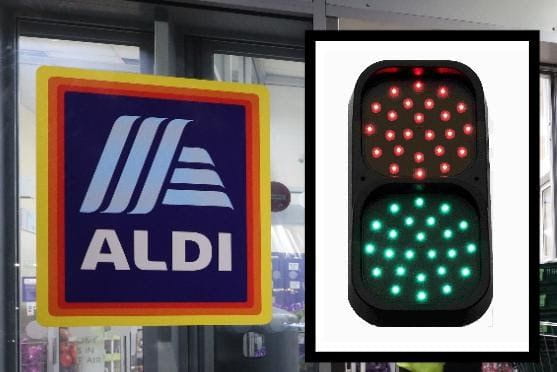
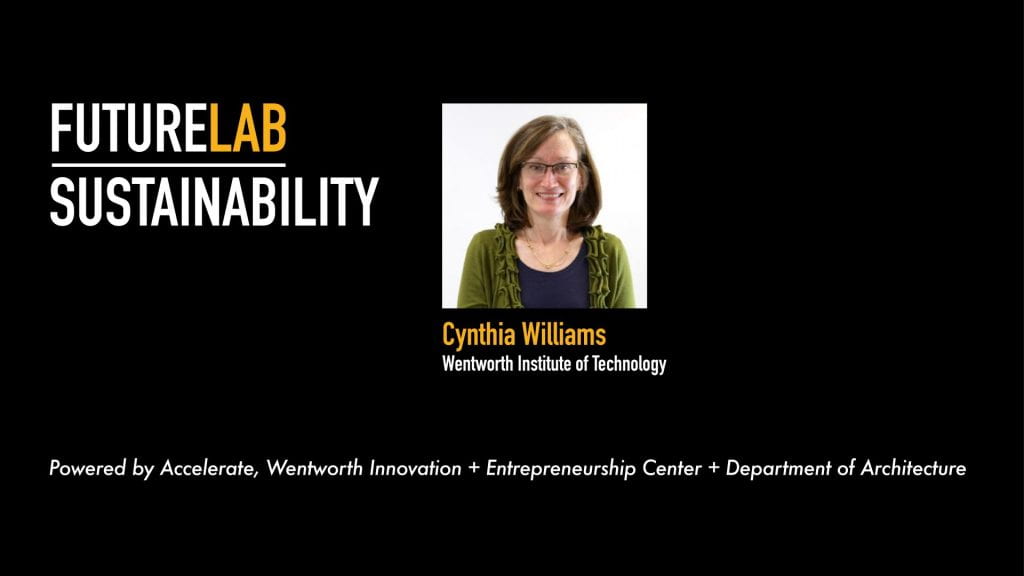
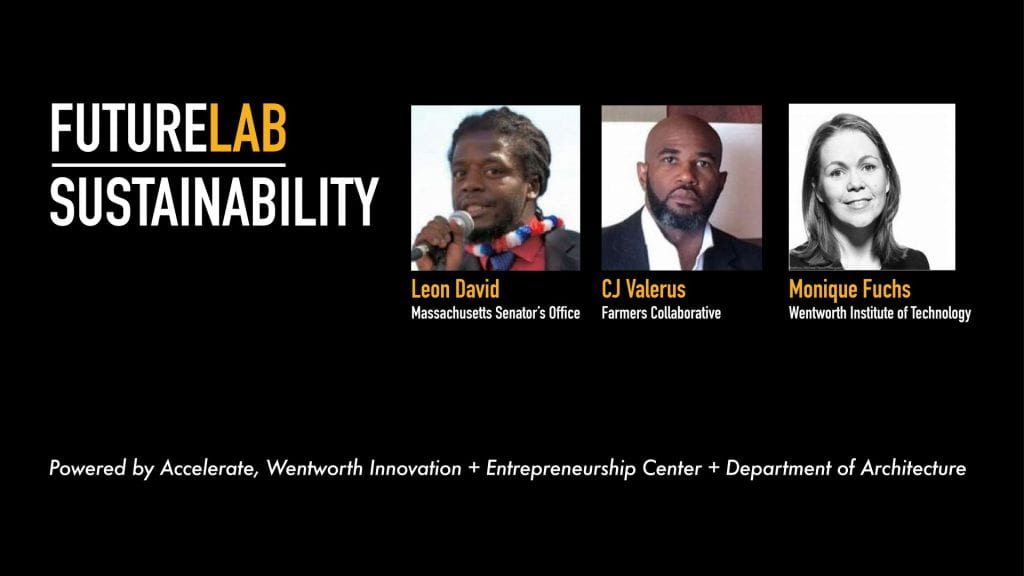
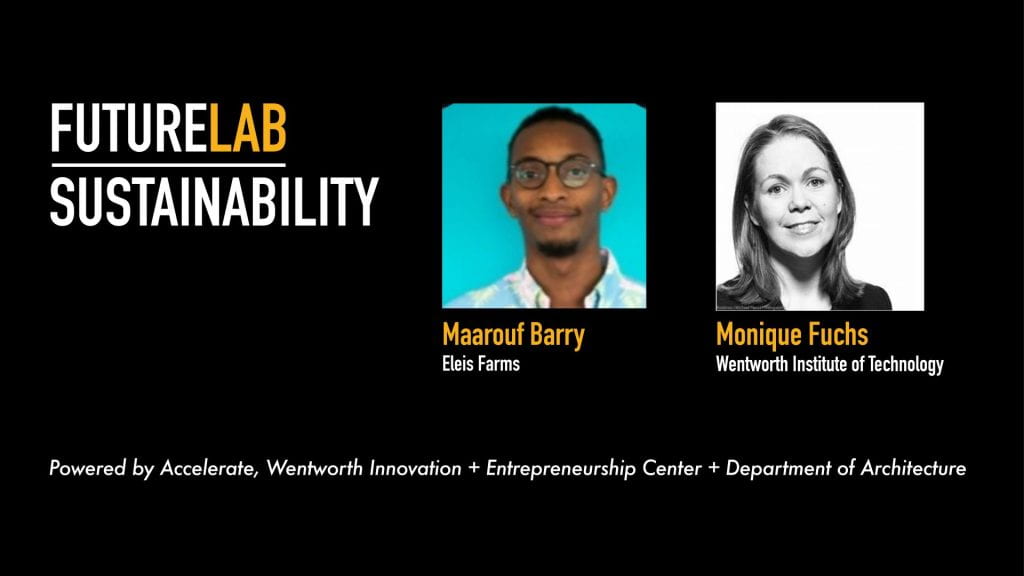
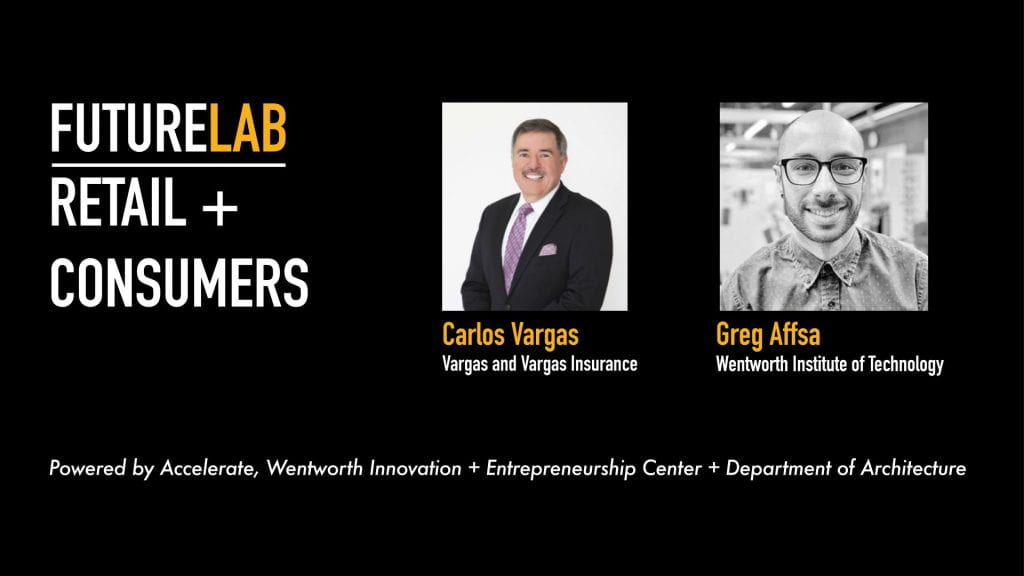
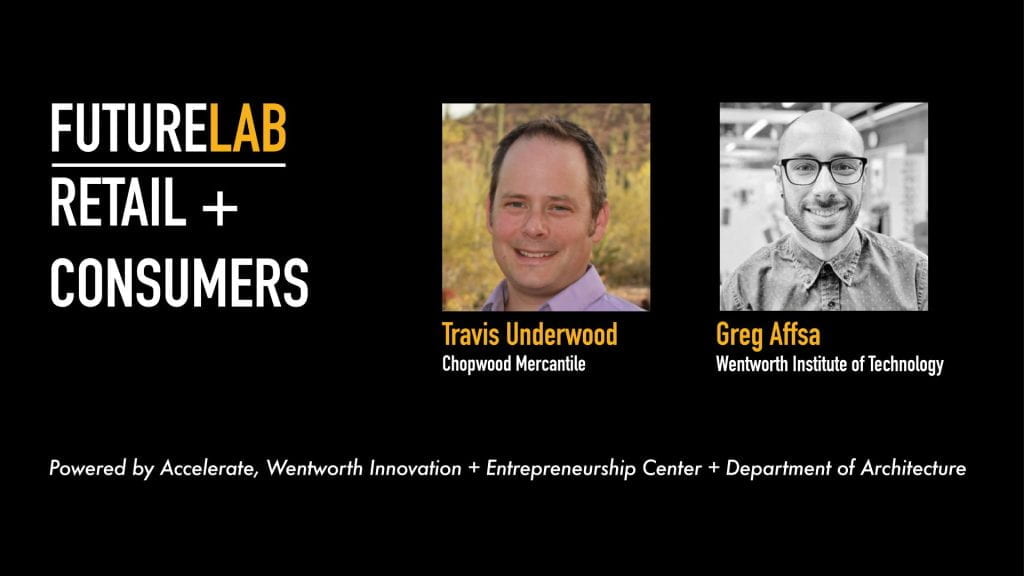
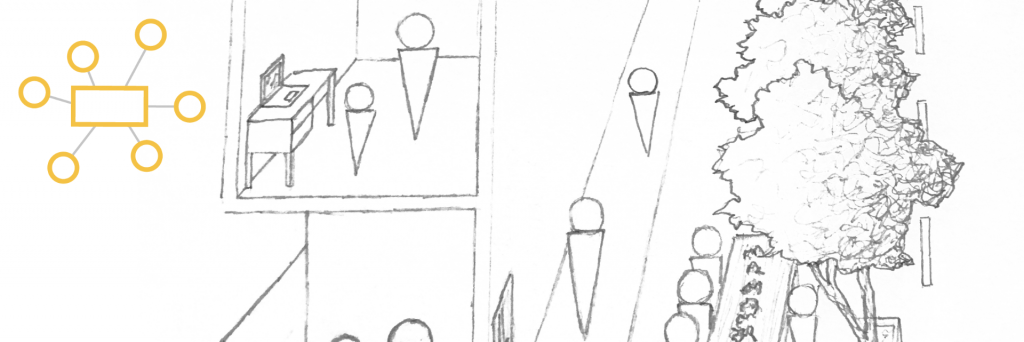
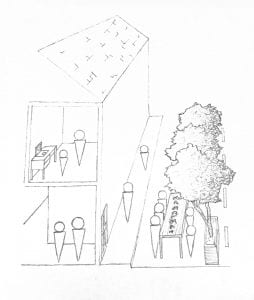 RURAL ACCESSIBILITY
RURAL ACCESSIBILITY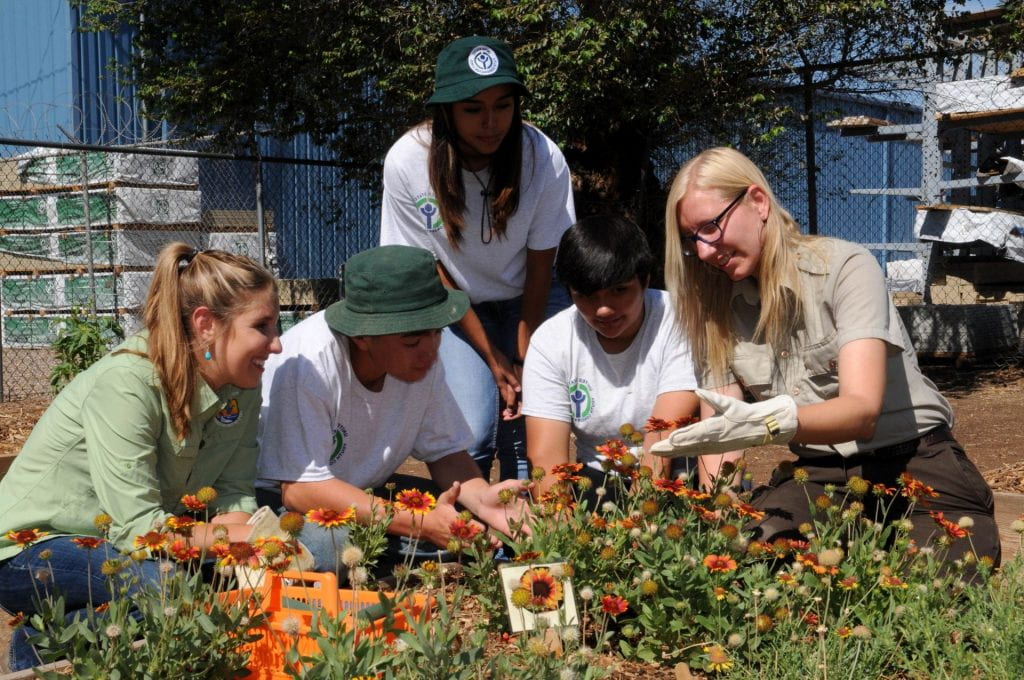

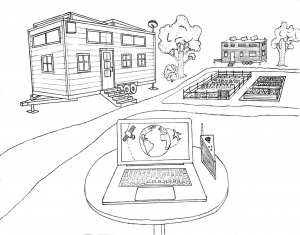 Housing is affordable and flexible. People can choose between high-density developments close to transit and cultural centers. The separation between the inner city and the periphery is dissolving. For those who prefer remote locations, mini houses and tents are a preferred way to live lightly on the land. Owning homes has made place to co-op systems based on land trust models that are inclusive and community-oriented. Modular and mass-customizable housing units are ubiquitous and make it easy to move to a similar configuration of spaces elsewhere. Work and life are combined into layered architectures that allow togetherness and separation as needed.
Housing is affordable and flexible. People can choose between high-density developments close to transit and cultural centers. The separation between the inner city and the periphery is dissolving. For those who prefer remote locations, mini houses and tents are a preferred way to live lightly on the land. Owning homes has made place to co-op systems based on land trust models that are inclusive and community-oriented. Modular and mass-customizable housing units are ubiquitous and make it easy to move to a similar configuration of spaces elsewhere. Work and life are combined into layered architectures that allow togetherness and separation as needed. 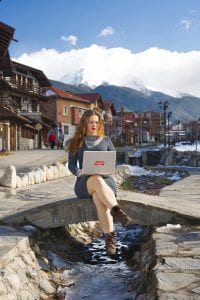
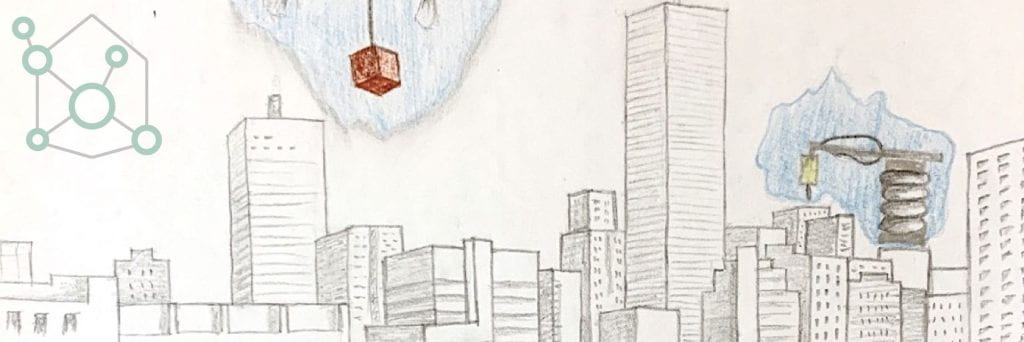

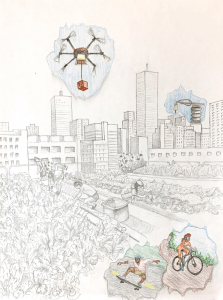 Every two months the community comes together to clean the public spaces of the city. From landscaping and maintaining green spaces to picking up trash it is expected that every citizen contributes and thus identifies with their living environment. There is a broad system of services people can provide for the community, all of which encourage getting to know each other and to collaborate.
Every two months the community comes together to clean the public spaces of the city. From landscaping and maintaining green spaces to picking up trash it is expected that every citizen contributes and thus identifies with their living environment. There is a broad system of services people can provide for the community, all of which encourage getting to know each other and to collaborate. 
 Since technology is so pervasive, governments and companies can control and track their citizens. This can pose not only a serious cyber threat on a systems level, but also creates a “glass citizen”. Personal data and information is easily accessible and various personal and public devices and technologies interact with each other 24/7. Ethical issues become more apparent and challenging to balance with the need to stay proactive in the event of major disasters or impeding crisis.
Since technology is so pervasive, governments and companies can control and track their citizens. This can pose not only a serious cyber threat on a systems level, but also creates a “glass citizen”. Personal data and information is easily accessible and various personal and public devices and technologies interact with each other 24/7. Ethical issues become more apparent and challenging to balance with the need to stay proactive in the event of major disasters or impeding crisis. 
